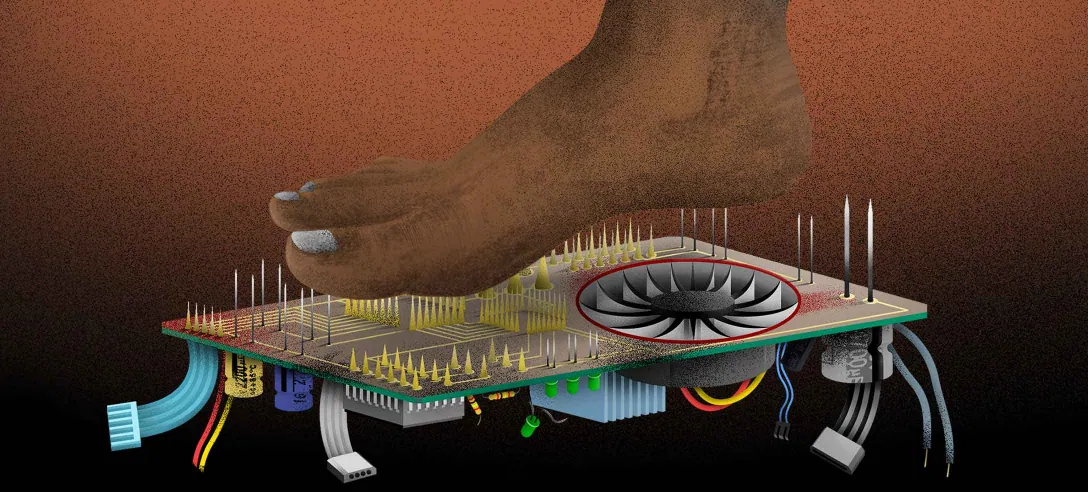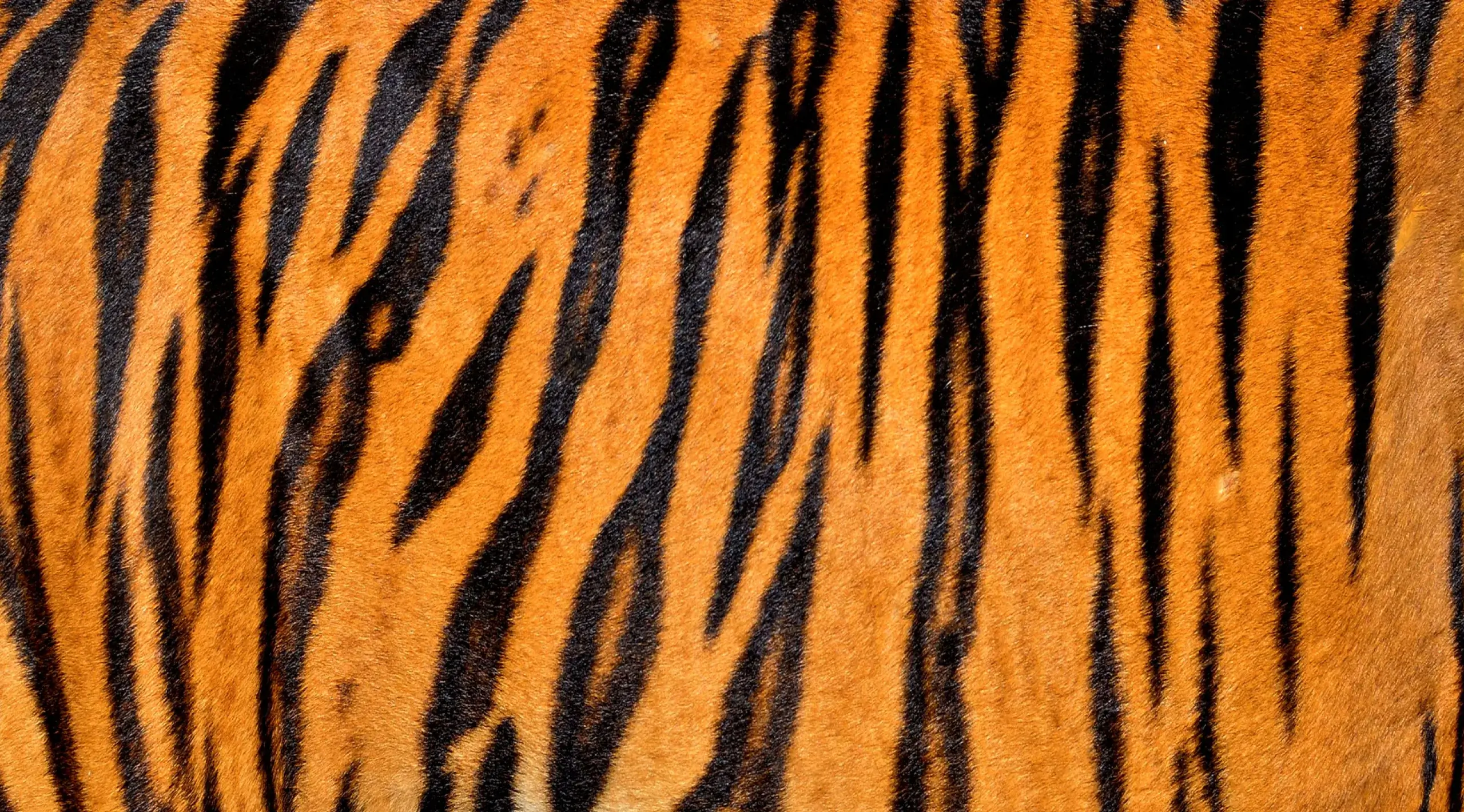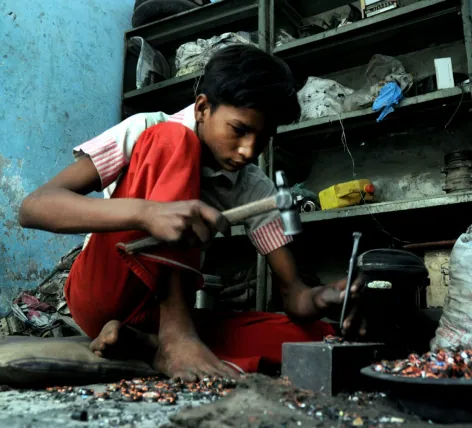India’s insatiable appetite for smartphones, making it the world’s second largest phone market in the world, and its digital revolution, are contributing to a disturbing rise in the country’s e-waste mountain. Just last year, in 2019, India became the world’s third largest producer of e-waste, behind China and the U.S.
Inside the country’s over 280 million phone sales annually and nearly $200 billion IT industry, a parallel and informal economy employing millions of men, women and children, continues to dismantle the discarded phones and other electronic items, hunting for precious metals.
Hundreds of thousands of men, teenaged boys and women are employed in India’s unorganised e-waste recycling sector, hunting for precious metals such as lead, copper, aluminium, brass, silver and even gold from piles of motherboards, circuit boards, computer server cards.
At FactorDaily, we started tracking India’s e-waste conundrum in early 2016 with the story titled “This is Seelampur: India’s digital underbelly where your phones go to die”. Since then, India has risen from being the fifth biggest producer of e-waste in 2016, to the third largest in 2019.










